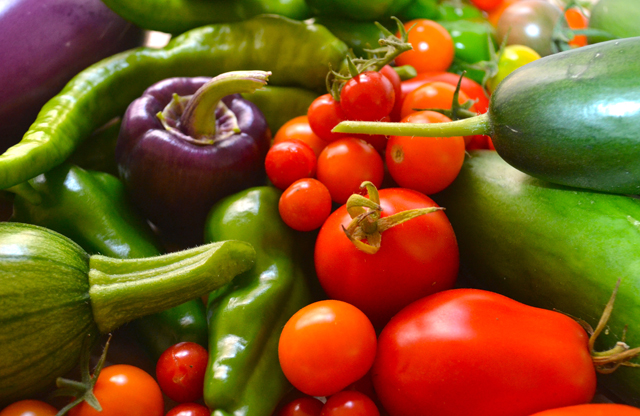
A report released last month, by the The Initiative for a Competitive Inner City (ICIC), highlights five cities across the United States and assesses each city’s current plan for a resilient food system. A similar report published in May 2015 by ICIC specifically examined Boston’s food system and its resiliency.
What’s a resilient food system? Glad you asked!
Before we get into the details of the report, let’s first talk about what a resilient food system is. A resilient food system is a system in which food accessibility is available to all during a natural disaster event. This means that food is able to be transported into a city and people are able to access it. As defined by the ICIC, “a resilient food system is the production, processing and distribution of food—as one that is able to recover from a negative shock and return to normal operations.”
Climate Change in Boston
Now that we’ve got that covered, here’s what the report had to say about Boston’s food system. Echoing the goals of the 2014 Climate Action Plan Update, the report reiterated that climate risk in Boston is not new, having experienced severe flooding due to Hurricane Sandy in 2012, record breaking winter in 2015, and record high temperatures in summer 2016. These conditions will only to continue to increase with the changing global climate. A resilient food system that is robust and thriving, is a critical component to developing a resilient city, and should always be considered in climate preparedness planning.
So why is having a resilient food system important?
When Hurricane Sandy hit Boston in 2012, Mayor Walsh stated that, “Boston was lucky to avoid the worst of Sandy, but with climate change we can expect a rise in sea levels and more extreme weather events in the future. We must better prepare our food system to be resilient after disruptions like hurricanes, floods, blizzards and other natural disasters.”
A critical component of resilience planning is ensuring that the city’s food system is able to withstand and recover quickly from disruption. Supporting locally sourced food is one way to ensure a quick recovery from a natural disaster, and also key to reduce greenhouse gas emissions, improve food quality control, and help support the local economy.
Boston’s grocery stores, corner stores, and food distribution centers are at a high risk of being affected by more frequent and stronger storms. It is not all bad news, though. The report also recommended steps the City can take to ensure our food system is prepared for these events, and the Greenovate team compiled ways YOU can take action today!
The report recommends that Boston:
- Establish better coordination between the Greater public-private food system coordination,
- Invest in a critical food system infrastructure, including buildings and roads,
- Incorporate more national chain grocery stores in low-income neighborhoods,
- Create a robust resilience plans for small grocery stores and corner stores, and
- Expand the capacity and increase the efficiency of Boston’s food safety net.

What can you do as a resident of Boston?
Buy local and eat local
- Find your local Farmer’s Market – Boston’s seasonal, outdoor markets
- Boston Public Market – Boston’s year round, indoor, local food market
- The Food Project
- The Greater Boston Food Bank
Compost your food scraps
- Project Oscar – composting at one of the project Oscar bins
Be informed
- Resilient Food Systems, Resilient Cities: Recommendations for the City of Boston – Released May 2015
- The Resilience of America’s Urban Food Systems: Evidence from Five Cities – Released January 2017


Recent Comments